At this time of year, with the help of the summer sun, minibeast life is at its most vibrant. The perfect time for the young wildlife expert in your family to explore the tiny worlds around them!
Share this guide, created in partnership with , with your child to help them spot some of our most common bugs and insects and even make their own 'pooter', so they can study their specimens up close.

Make a minibeast pooter
A 'pooter', or an 'aspirator', is a simple minibeast catching tool that your child can use to study small and delicate creatures that would be far too difficult to otherwise capture without harming.
They simply point one tube in the direction of the bug they wish to catch, then suck on the other to draw it into the jar. They can then take a good look without having to touch the creature and can safely release it by opening the lid of the pooter.
This craft requires some adult help and supervision!


You will need
- Clean jar with a lid
- Small piece of gauze, old net curtains, or tights
- Elastic band
- Green and red stickers or tape
- Plasticine
- 40cm of clear, flexible plastic tubing, 7-10cm wide (try a local or online DIY shop)


Let's get started
Step 1
To get started make two holes in the lid of the jar for your child, big enough for the plastic tubing to fit through. This will be easier with a plastic lid!
Step 2
Help your child cut two lengths of tubing - one about 15cm long, the other about 25cm - and poke them through the holes.
Step 3
Let them attach the gauze to the end of the shorter tube, then they can attach the green sticker or tape to the other end.
Step 4
Mark one end of the longer tube with the red sticker. This reminds your child not to suck through this end!
Step 5
Put some plasticine around the tube holes so that the minibeasts can't escape until you open the lid.
Now your child is ready to find some tiny wildlife!


Minibeasts to spot with your family
Bumblebees
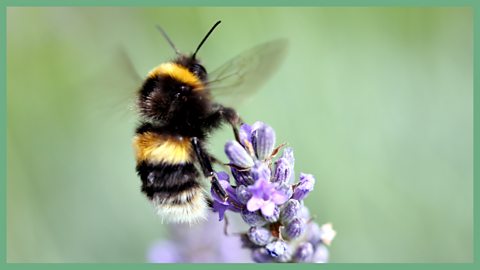
An easy one to start off with!
There are quite a few different kinds of bumblebees living with us in the UK and sometimes it can be hard to tell the difference, so it might be best to start your child off with bumblees in general. Buff-tailed bumblebees, like the one pictured, are the biggest of the bumblebees and emerge in early spring.
They love all types of flowers but especially open ones where they can more easily reach the nectar with their short tongues.
Buff-tailed bumblebees are known as ÔÇśnectar robbersÔÇÖ: if they come across a flower that is too deep for their tongue, they bite a hole at its base and suck out the nectar. Other insects looking for nectar will also use this handy hole.
Common shiny woodlice

Did you know that woodlice aren't actually insects, as you might expect? They're part of the crustacean family so are more closely related to crabs!
Your child might already be familiar with the hardy woodlouse, as they're more than happy in the garden, sheltering under pots to avoid drying out in hot weather, but they'll also be an easy spot under rocks on your trip into the countryside.
Woodlice are important for their ability to feed off dead plants and creatures, recycling vital nutrients. There are 30 species of woodlouse in the UK in an array of colours from brown and grey to pink! Help your child note down the colours of any woodlice you find and research it together when you get home.
Lacewings
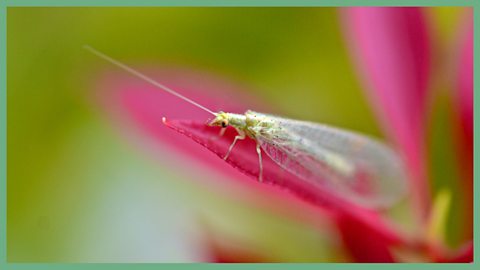
Small, but very striking with their copper eyes and electric green bodies, spotting a lacewing is a good challenge to set for any budding wildlife expert.
You can find them in parks woods and meadows over the summer, turning pinkish-brown in the autumn, before hibernating over winter, often in buildings.
Despite looking relatively harmless, lacewings are vicious predators. They feed primarily on aphids, a type of tiny insect, sucking the juices out of their prey and, in some species of lacewing, using the leftover aphid shell as camouflage for their young so that they can hunt down more aphids! Yuck!
Lesser stag beetles

This spot is a little harder, but still possible for an intrepid explorer!
Clue is in the name - the lesser stag beetle is very much like its cousin, the stag beetle (broad black head, impressive jaws), but smaller! It's also much more common and can be found in woodland, parkland and hedgerows during the summer, often sun-bathing on a tree trunk.
Lesser stag beetles, like many other minibeasts, depend on old trees and rotting wood, which is the ideal spot for them to lay their eggs!
Hummingbird hawk-moths
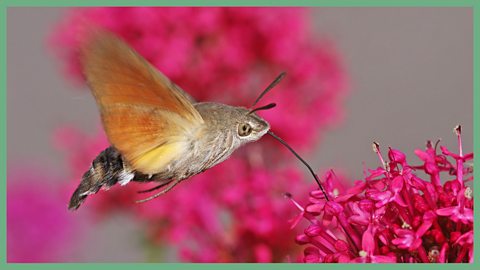
Top marks if you can spot one of these day-flying moths!
The hummingbird hawk-moth is a summer visitor to the UK, spending winter in the warmer reaches of mainland Europe. You can find it along woodland edges, or on heathland, hovering like a hummingbird and feeding on flowers like honeysuckle.
It's also the only 'hummingbird' you're likely to find in the wild in Europe - real hummingbirds are native to the Americas.

care for 2,300 nature reserves all over the UK, providing inspiration and education about the natural world. They also work with others to manage their land with nature. Their collection has plenty more nature activities for families to try.
Additionally, the RSPB runs the to help identify how our garden birds are doing each year.
Illustrations by Corinne Welch

More from ┬ÚÂ╣ď╝┼─ Bitesize Parents' ToolkitÔÇŽ
Parents' Toolkit
Fun activities, real-life stories, wellbeing support and loads of helpful advice - we're here for you and your child.

Personality quiz: Which minibeast are you?
"Am I a worm or a woodlouse?" If you've ever asked yourself this question, this is the quiz for you.

Quiz: Learn to spot UK birds using their songs
Help your child learn how to identify British garden and woodland birds from their songs and appearance.
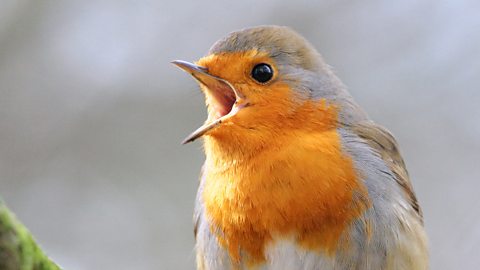
How to spot bats in the UK
Where to find them, how to spot them and some bat facts to wow the kids!
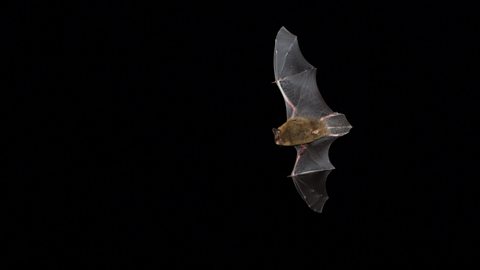
How to make a moth magnet
Moths are one of the most diverse animals we have in the UK - follow this guide to see them up close!
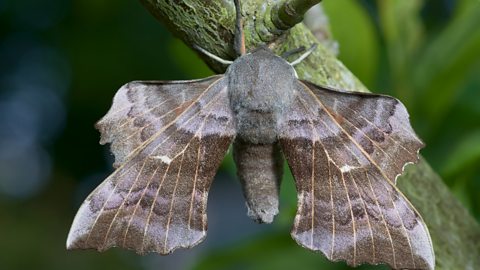
Why playing out and exploring is good for our kids
Steve Backshall, Helen Glover and child psychology expert Helen Dodd have some advice for parents.
